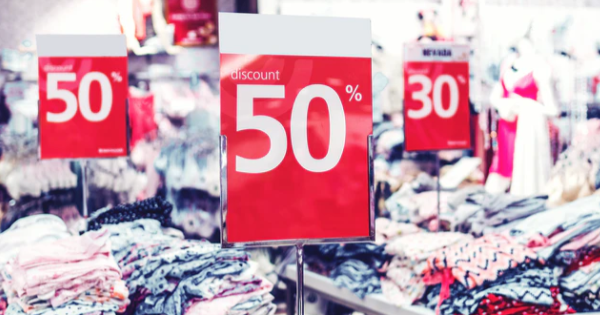
The official kickoff to the holiday selling season starts next month, but Christmas trees have already started showing up at retail stores.
It is an important time of year for retailers as holiday sales represent about 20% of the retail industry’s total sales.
The typical signals forecasters use to predict holiday sales are not very helpful during this COVID-19 environment.
Increasing consumer spending is typically associated with growing employment and low unemployment rates.
The coronavirus pandemic put the economy into a tailspin with employment still 10.7 million below pre-COVID-19 levels in September and the unemployment rate at 7.9% after peaking at 14.7% in March.
Not surprisingly, consumer spending on goods and services plunged 16.5% in April, compared with a year earlier. The latest data for August shows improvement, but sales remain 3.2% lower than a year ago.
These trends, along with the social distancing and concerns over coming down with the virus, seem to point toward a dismal holiday selling season.
Is it possible to see more sales over the holidays than last year? The National Retail Federation, the nation’s largest retail trade group, predicts holiday sales will increase between 3.5% and 4.1% to more than $3.9 trillion during the upcoming holiday season.
The forecast, which excludes sales at automobile dealers, gas stations and restaurants, represents sales to be generated in November and December. Holiday sales grew between 3.2% and 4.2% annually over the past five years.
“Consumer spending has seen a clear V-shaped recovery thanks in part to $1,200 stimulus checks issued in the spring and enhanced benefits for the unemployed,” said Jack Kleinhenz, the NRF’s chief economist. “I am cautiously optimistic about the fourth quarter in terms of the economy and consumer spending, but the outlook is clouded with uncertainty pivoting on COVID-19 infection rates.”
Global financial services firm Deloitte is not as optimistic. It is looking for holiday retail sales to increase between 1% and 1.5% when compared with last year.
This forecast comes by melding together two scenarios.
The first is that sales increase only 0% to 1% as consumers remain concerned about their finances and health. A more optimistic scenario of 2.5% to 3.5% year-over-year sales growth would occur if consumer confidence rises due to additional federal pandemic relief and the creation of a vaccine.
Since people have not traveled or eaten in restaurants as much in the COVID-19 environment, some of that spending might shift to holiday spending under the more optimistic Deloitte forecast.
My view about holiday spending is in line with the NRF forecast for a couple of reasons.
Consumer confidence about the strength of the economy has risen. The Conference Board’s monthly survey index value stood at 101.8 in September, up from a low of 85.7 in April during the COVID-19-induced recession.
Fiscal stimulus and high savings rates also put consumers in good shape to spend this year.
Sales might be a bit higher in Virginia because our economy has rebounded slightly faster than the nation.
But the one thing all forecasters seem to agree on is that the shift toward e-commerce sales will accelerate this holiday season because of virus concerns.
A version of this commentary was originally published on December 11, 2020 in the Richmond Times-Dispatch.
- Holiday Spending Could Be a Bumpy Economic Sleigh Ride - October 21, 2020
- Job Recovery Will Be Slow - August 5, 2020
- Working at Home and Implications for the Future Economy - July 8, 2020
